CNC machining technology, sometimes referred to as computer numerical control, is a completely automated machining process. This process includes shaping a part and removing it from the workpiece till you get the wanted shape. Various CNC machining techniques, including CNC milling and turning, are employed to remove pieces.
To enable the CNC machine to move and function, the process also makes use of preprogrammed computer software. It is computer-controlled. Due to that, there is no chance of human error. That also results in high precision and efficiency. For this reason, the manufacturing sector greatly favors CNC machining. Many manufacturers including KDMFAB, can produce custom parts with high accuracy services and in less time.
Those are just some of the CNC machining benefits. In this article, you will learn more about its advantages, types, applications, and more.
Different Types of CNC Machining Process

This kind of CNC machining is used to produce parts that require smooth contours, organic design, and complex design. Since CNC 5-axis machines have many axes, they can move more and have more rotation. Because of that, the 5-axis machining process can make parts with intricate and complex features.
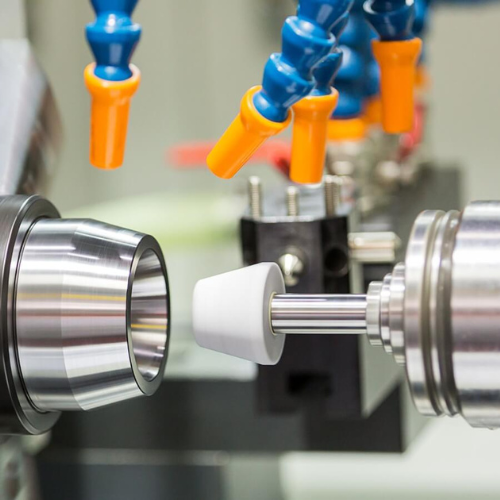
The CNC grinding technique is commonly used for making parts that require a smooth surface finish.
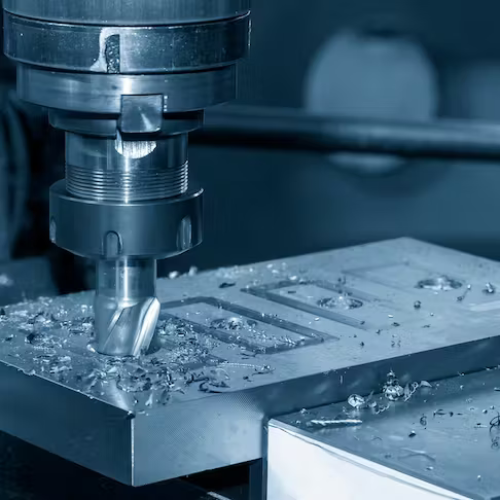
CNC milling has 2 kinds: peripheral and face milling. CNC milling machine has a rotating milling tool for removing material. The rotating milling tool is positioned on a rotating spindle. Thanks to their spindle rotation, the machine can perform milling operations in three or more axes.
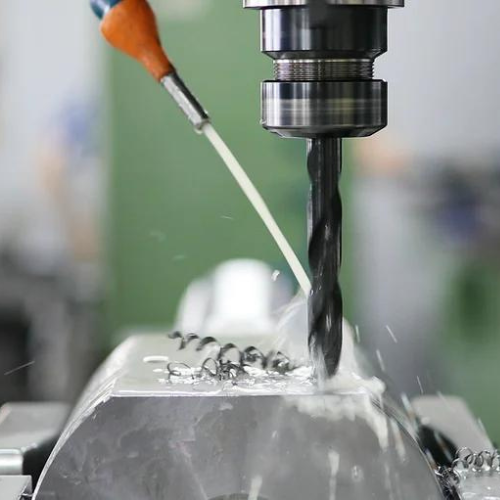
This CNC process is easier than the turning and milling process. It is used to drill holes in parts. Holes are added for aesthetic purposes, adding screw bolts, and other requirements.
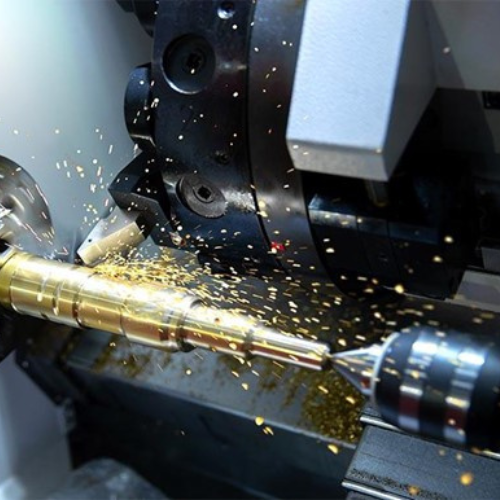
Manufacturing of large-scale symmetrical parts is done by CNC turning. Even though it can be mass-produced, it is still an affordable option for CNC processing. This process also uses a CNC lathe.

CNC routers have a cutting tool that gets in the axes X, Y, and Z. And the workpiece remains fixed at all times. Compared to CNC milling, CNC routing can cut more quickly without sacrificing complexity and precision. It can cut materials such as: Foam, Plastic, Composites, Aluminum, Wood, Steel.
Advantages of CNC Machining Over Other Machining Processes
Compared to manual machining and other machining process, CNC machining has a lot of advantages such as:
- There’s no downtime because of shift changes or lunch breaks. CNC machines operate automatically 24/7. Therefore, there will be a big increase in the productivity.
- Humans have physical limitations. Therefore, other machining tasks such as working on very hard materials might not be done. On the other hand, working with hard materials is easy and quick with CNC machines.
- Since CNC machines are doing the job, the staff or operator can focus on more important tasks. There will also be little to no defective parts due to human error.
- Many industries demand large-scale production. Usually, a manual production process can’t fulfill that need. On the other hand, CNC process allows products to be produced at the necessary speed.

Extra CNC Processes
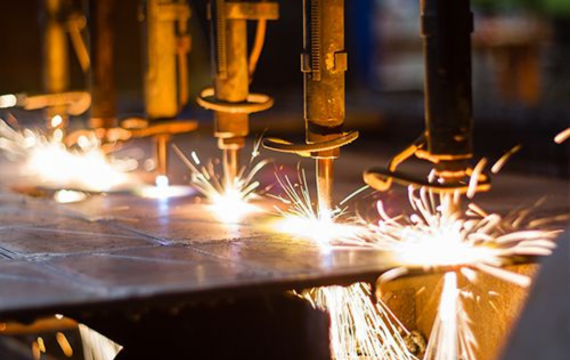
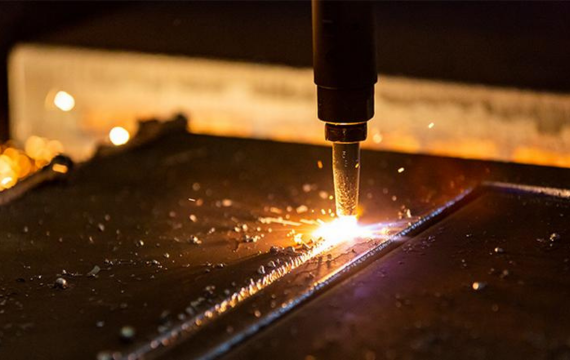
Depending on the requirements of the specific project, extra CNC machinery or tools may be added. Here are a few instances of them:
Broaching
There are 2 types of CNC broaching machines: rotary and linear broaching machines. They are commonly used for making parts with niche designs. Additionally, they can cut with high accuracy and consistency.
Lapping
This process is perfect if you want parts with a smooth finish. It is somehow similar to the grinding process. However, the lapping process utilizes mixture, powder, or abrasive paste to make the surface smooth.
Honing
Honing is a secondary finishing process. Grinding and honing also have similarities. However, honing uses a wheel or abrasive stone for grinding.
Sawing
Sawing is a process of cutting materials automatically. It uses tooth blades to make linear and straight cuts.
Press Brakes
This tool can be used when bending metal sheets and plates.
Plasma Cutting
A plasma cutter is used for cutting conductive or metal materials. It uses a high-temperature plasma jet or plasma torch for cutting. Heat and speed are also required for cutting materials. To do that, electrical arcs and compressed-air gas will be combined to create plasma.
Flame Cutting
The flame-cutting process uses an oxy-fuel or oxy-acetylene gaseous mixture. When the mixture is ignited, an ultra-high temperature flame will be generated and cutting of metals will be easy.
Laser Cutting
Laser beams are used in the laser cutting process for cutting through materials. They are capable of cutting through anything depending on the laser parameters.
Water Jet Cutting
Water jet cutting is the process of cutting materials using ultra-high-pressure water. It can be cut through glass, stone, wood, alloy, or metal.
Electric Discharge Machining
Electric discharge machining or EDM is a process of molding the workpieces into a specific shape or design. It also uses electrical sparks for molding. Also, there are 2 types of EDM: Sinker and Wire EDM.
Other Machines & Tools
CNC machines can also be integrated with other tools or machines depending on the CNC product requirement. Below are some of the examples.
- Embroidery machines
- 3D printers
- Wood routers
- Cylindrical grinders
- Turret punchers
- Foam cutters
- Wire-bending machines
Materials That are Suitable for CNC Machining
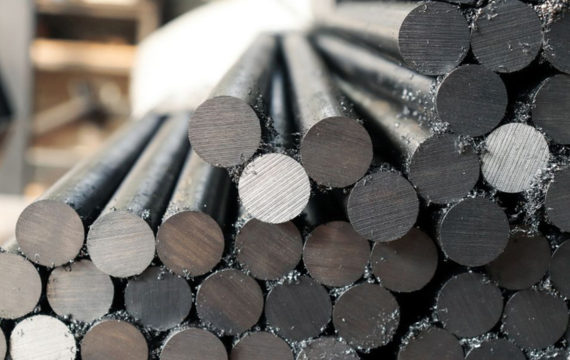

A wide range of materials are suitable for CNC machining. Examples of these materials are listed below. The material that will be used depends on the application.
Plastics
PEEK – PEEK has good physical properties and excellent temperature resistance. And that makes them ideal for medical and aerospace applications.
PMMA – This is also known as acrylic plastic. It is ideal for applications requiring high transparency and strength.
Nylon – This material has the features of fire resistance, flexibility, strength, and lubrication.
Polycarbonate, ABS, acetal, PP, PVC, and POM materials can also be used for CNC machining.
Metal & Alloys
Titanium – This material is commonly used for fabricating high-grade parts used in military and aerospace applications.
Magnesium – Compared to aluminum, magnesium is lighter by about 33%. Therefore, it is usually utilized for creating lightweight electronic parts.
Aluminum – If you want lightweight yet high-strength parts, aluminum is the ideal material.
Carbon Steel – Compared to stainless steel, carbon steel is stronger and more affordable.
Stainless Steel – This material is known due to its physical characteristics, corrosion resistance, and good hardness.
Brass – Brass also has good corrosion resistance and softness. All variations of brass alloys are suitable for CNC machining.
There are also other alloys and metals suited for CNC machining such as copper, cast iron, etc.
Wood
Due to the soft nature of wood materials, they can be CNC machined easily. Some of the wood materials that can be machined include:
- Plywood
- Hardwood
Foam
There are 2 types of foams suitable for CNC machining which are:
- Carving foam
- Rigid foam
Different types of composites are also used in CNC machining. These include:
- Carbon fiber
- Fiberglass
- Phenolics
- Epoxy
Variety of Applications
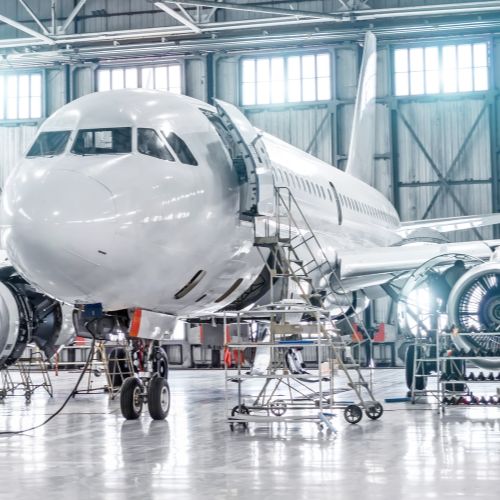
Machines and equipment used in the aerospace industry require high precision to ensure quality control and safety. Therefore, to produce high-precision parts, the CNC machining process is used. Examples of aerospace parts produced by CNC machining are:
- Manifolds
- Airfoils
- Bushings
- Electrical connectors
- Landing gear
- Antennae

In this industry, various CNC machining processes are used to produce high-quality marine parts. It uses CNC lathe, milling, EDM, and other CNC machining operations to produce parts for watercrafts such as boats. Examples of these CNC-machined marine components are:
- Trimmings
- Joints
- Boat’s skeleton
- Ribs
- Hull structures
- Interior furnishing
- Stringer
- Deck structures

CNC machining is utilized to produce components for trains, cars, and other automobiles. It can create automotive parts such as:
- Engine parts
- Dashboard panels
- Axles
- Gearboxes
- Valves
- Pistons
- Frames
- Cylinder blocks
- Small gears

To ensure safety and quality, the medical and healthcare industry requires high-precision parts with smooth surfaces. Therefore, CNC machining is widely used. This process can produce complex medical parts with high accuracy. It can create parts such as:
- Holders
- Cutters
- Bone screws
- Orthotic devices
- MRI machine parts
- Surgical instruments
- Blades
- Bone plate
- Forceps
- Prosthetics
- Clamps
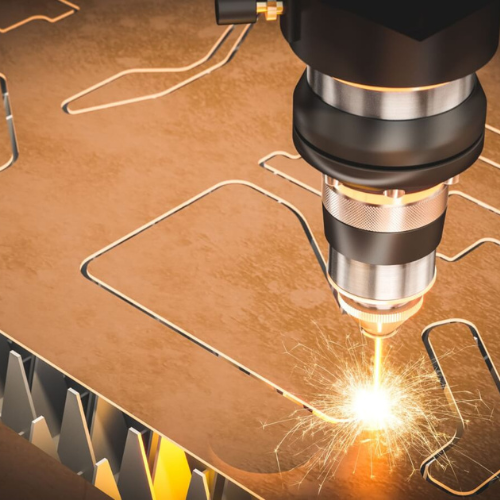
In this sector, various CNC machining processes are used for cutting or shaping sheet metal to the desired form. The most common CNC machining operations for metal fabrication are:
- Plasma cutting
- Waterjet cutting
- Laser cutting
- Wire EDM cutting
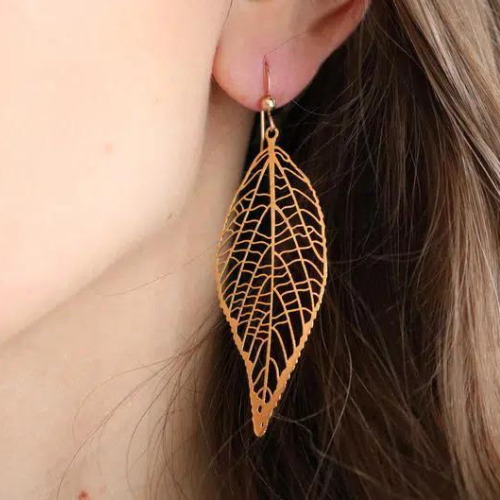
The jewelry manufacturing business also uses CNC machines to polish, grind, etch, form, and engrave metal jewelry products. CNC machining can also create:
- Casting models
- Molds
- Rings
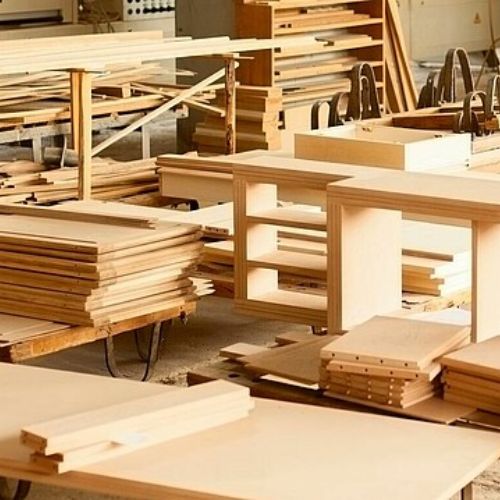
CNC machining is beneficial in the furniture fabrication business. This process is used for cutting furniture parts such as:
- Table legs
- Chair legs
- Metal frames
EDM and CNC lathes can be used to cut them. They can cut furniture parts made from plastic, metal, glass, and wood.
Aside from cutting, CNC machining is also the process used for engraving and polishing furniture products.

In this industry, CNC process can be used for etching, cutting, and producing food equipment such as:
- Bakeware
- Molds
- Food-processing equipment tools

The agriculture industry uses CNC drilling, milling, and cutting processes to produce agricultural components. Some agricultural applications of CNC machining include:
- Manual tools
- Tractor parts
- Hoppers
- Bailers
- Tanks
- Irrigation system components
- Headers
- Harvesters
- Hoppers

Musical instruments need high-precision parts so their harmony will be not affected. Due to that, CNC machining is the perfect process since it can produce musical instrument parts with the highest precision. Some instrumental parts that need CNC machining are:
- Violin necks
- Fretboards
- Guitar neck
- Fret slots
- Turning knobs
- Wooden instrument body
- Custom instrument parts
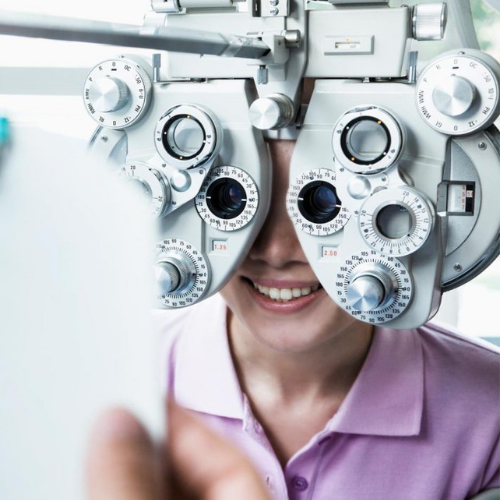
For optical applications, quality and high precision are vital. Because of that, CNC machining is commonly used since it can provide the needed characteristics. Below are the optical parts that need CNC machining.
- Telescopes
- Lenses
- Laser parts
- Microscope
- Customized optical components

In this industry, CNC machining is commonly used since it can form, cut, and create parts with complex designs. This process is used to create:
- Stonework
- Art pieces
- Décor elements

The research & development industry mainly uses CNC machines for prototyping new parts. Producing molds and dies can also be done through CNC machining.
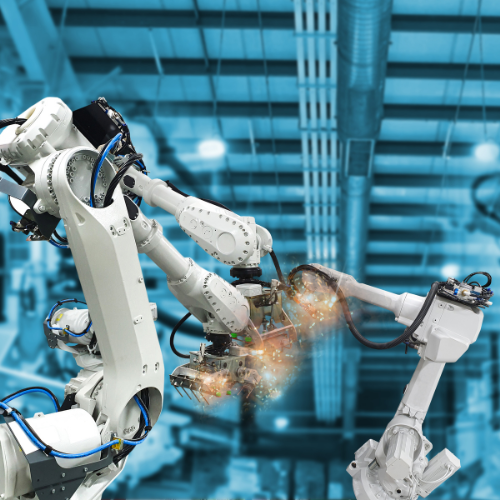
This industry uses CNC machining process to create:
- Controllers
- Fixtures
- Robotic arms
- Sensors
- Jigs
- End effectors

To engrave the brand logo or name on shoe products, the CNC process is used. The metal rubber sole molds are also created using CNC machining.
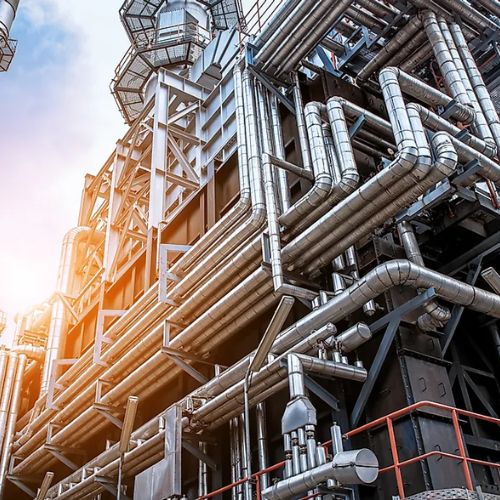
CNC machining is ideal to use for creating parts used in the energy industry. Some examples of these parts are:
- Bearings
- Pins
- Valves
- Turbine blades
- Pistons
- Rods
- Cylinders
- Hydro generators
- Bushings
- Solar panel frames
- Generator housings
- Refinery & pipeline components
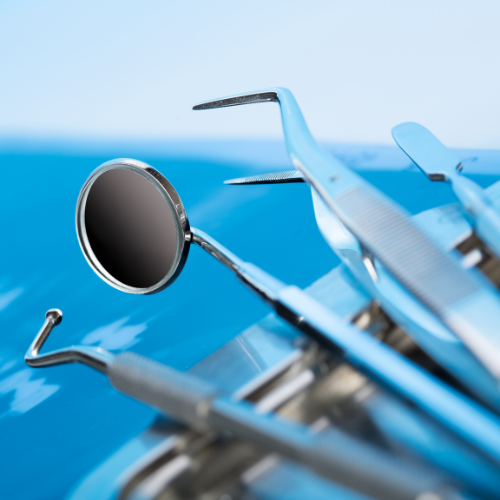
CNC milling and drilling are some of the most common processes for creating dental equipment. Dental equipment requires tight tolerances and high accuracy. And CNC machining processes can provide these requirements. Some dental applications of CNC machining are listed below
- Inlay core
- Dental prostheses
- Crown
- Dental cap
- Orthodontic trays
- Bridgework
- Telescope crown
- Implant abutment
- Framework
- Implants
- Implants guide
- Dentures
- Screwed-in bar
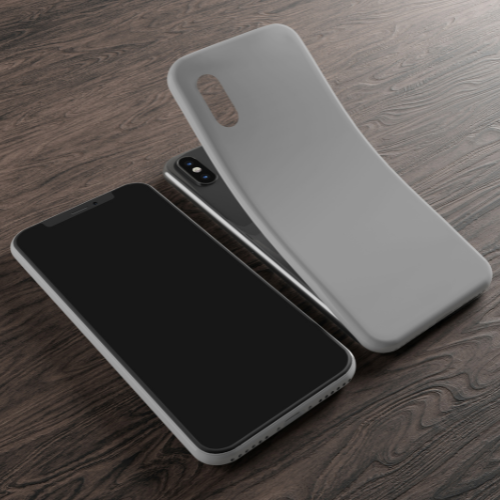
CNC milling, routing, and other CNC machining techniques are commonly used to create smartphone parts such as:
- Phone cases
- Plastic & metal smartphone bodies
- Touch-sensitive screens
- Supported accessories
- Rear glass panels
- Internal fixtures & housing
- Aesthetic etching

In this sector, the CNC machining process is perfect since it can produce small-scale electronic parts with high consistency. This process can be used during the stage of prototyping and production. The electronic applications of CNC process are:
- Housings
- Casings
- Wafer plates
- Heat sinks
- Wafer carriers
- Jigs
- Electronic parts
- Solder flex stencil
- Gas distribution channel
- PCBs
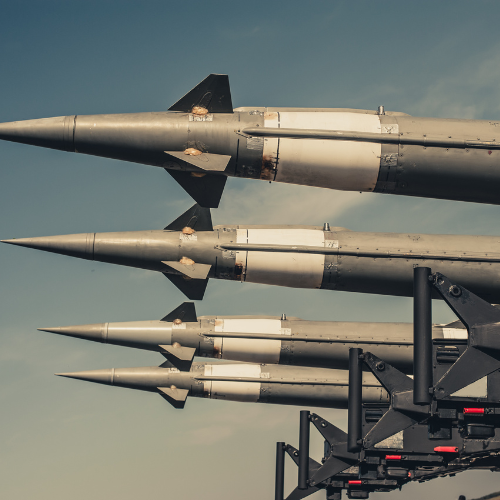
This industry requires complex and customized parts for their defense & military equipment. CNC machines can fulfill these requirements. Some military parts that can be CNC-machined are:
- Couplers
- Missile’s internal parts
- Weapon bodies
- Rotor hubs
- Transmission components
- Seat frames
- Flanges
- Clamshells
- Helicopter parts
- Ammunition hoisting parts
- Retainer rings
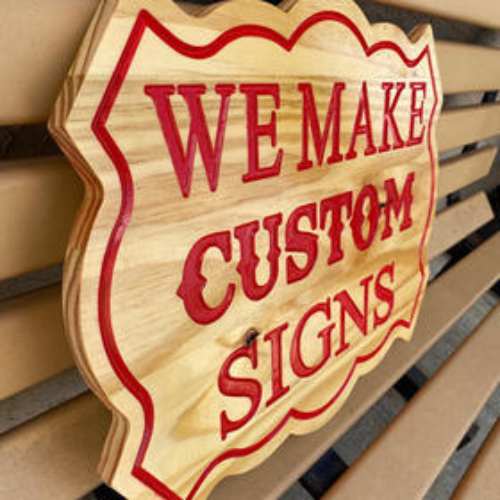
The CAD model of any signage project can be turned into reality through CNC machining. CNC machining can recreate fonts, font sizes, and lettering styles for any signage application. Engraving, cutting, and forming signage can also be done through various CNC processes.

To make molds and dies in any shape, CNC machining can be done. This is also the process of making tooling for prototyping.
How CNC Machining Works

Step 1
The first step of CNC machining is preparing a CAD model of the product. It can be a 3D or 2D model. The CAD model can also be created through SolidWorks, AutoCAD, and other CAD software programs.
To create CAD models, advanced skills and knowledge are needed, especially when designing complex parts. The CAD model should be designed properly. It should show the threads, construction lines, tolerance, and other important features for an excellent CNC machining process.
Step 2
After the creation of CAD models, converting the model to a CNC-compatible file will be done. CNC machines don’t recognize CAD language. Therefore, the CAD model needs to be converted into a CNC-compatible file such as G-code. To convert it, CAM software should be used. There are many CAM software available such as Fusion 360 and AutoCAD.
Step 3
The CNC machine will need to be set up or configured after setup. There are many processes for setting up such as:
- Make sure that the workpiece is positioned properly
- Setting up the dies correctly
- Attaching the workpiece on the CNC machine
Step 4
After setup, the CNC machining process will start right away. It starts by executing the program on the CNC machine’s display panel. Then, the process will run automatically until the end. It will only end when there’s an error or when the operator turns it off.
During the CNC machining process and after it, the operator will do a lot of inspections to ensure quality.
Main Advantages
Data Tracking
The manufacturer can track the whole stage of the part production. That is because the machine shows the manufacturing data. Also due to that, if there is a fault, the cause of it can be tracked easily.
High Accuracy
CNC machining can produce very accurate parts, no matter how big or small. Due to their high accuracy, precision, and tight tolerances, the manufacturer can create products based on their desired designs.
Material Versatility
The CNC process can be used to machine an extensive range of materials, including plastic, metal, and many more.
Reduced Rejections
The entire process of CNC machining is fully automatic. Because of that, there will be no human error and rejections will be lesser.
Cost-Effective
Manufacturing prices will go down as a result of CNC machining’s effectiveness, speed, and accuracy.The manufacturer and customer can save a lot by using the CNC process.
Also, since this process is fully automated, the manufacturers won’t pay laborers.
High-Speed Production
Since the CNC process is not done manually, the production is very quick. It canproduce many parts at a high speed rate.
High Consistency
CNC machining process can produce an extensive range of parts with the same quality and look. Because of that many manufacturers utilize it to produce various parts at a fast speed rate. This process can make high-precision parts.
Software for CNC Machining
Every CNC machining process needs 1 or more software depending on the requirement. Below are some of the software that are compatible with CNC machining.
CAD Software
This software can be used for generating 3D or 2D models of the product. There are many CAD software that can provide design data such as:
- SketchUp
- Blender
- Inventor (3D)
- AutoCAD (2D/3D)
CAM Software
CAM software can be used to create G-codes that will allow the CNC machine to move. The G-codes created are from CAD models. Examples of CAM software are:
- AutoCAD
- SolidWorks
- Fusion 360
CAE Software
This software enables the designers to mimic the desired product’s performance. CAE software can also help engineers resolve engineering-related problems. It also helps the designers to enhance the design of the product. Aside from that, CAE software helps in:
- Computational fluid dynamics
- Multibody dynamics
- Finite element analysis
Conclusion
There are countless applications and advantages of CNC machining across many sectors. Because of this, a lot of industries use CNC machining for their large-, small-, medium-, or prototype-scale manufacturing processes.
Are you interested in finding out more about CNC machining or how it may help your project? Contact us without holding back.
To select the perfect material for your project needs, you should consider these material parameters.
- Mechanical properties
- Hardness
- Part functions
- Operating Temperature
- Dimensional Tolerance
- Cost
- G-code – Geometric Code
- M-code – Miscellaneous Machine Code
- DNC – Distributed Numerical Control
- CAE – Computer-Aided Engineering
- CAM – Computer-Aided Manufacturing
- CAD – Computer-Aided Software
Typically, CNC machines can be operated easily. You don’t need to take a technical course to operate them.
However, customization with the CNC machining process is hard. The operator might modify the CAD file. Also, the operator might write a program or make minor changes to the finished parts. A lot of technical improvement will be done and that requires advanced skills.
The cost of it depends on factors such as:
- Geometry
- Material choice
- Quantity



